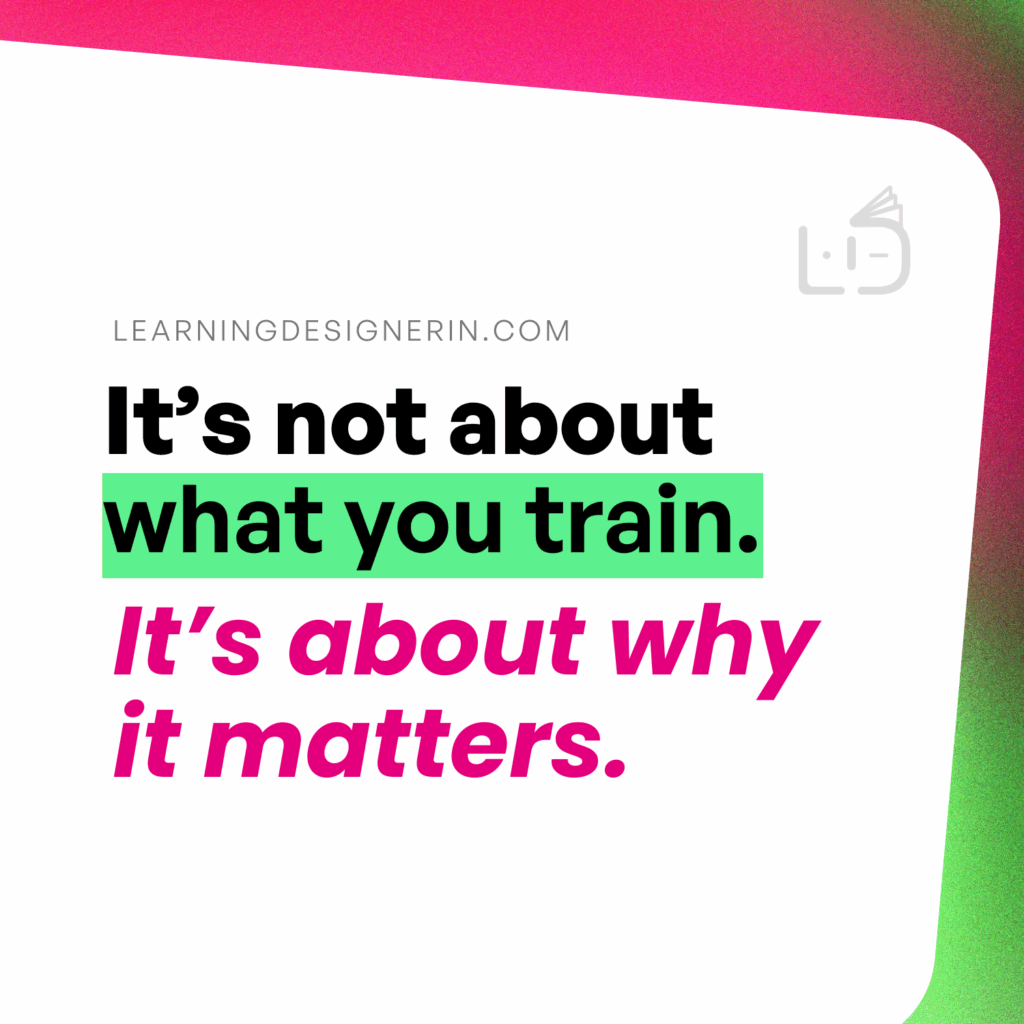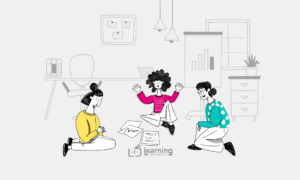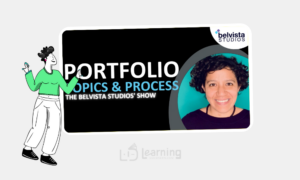When learning initiatives fail to resonate, they often lack an emotional core: the Big Idea that connects business goals to individual motivation. It’s the core insight you want your audience to feel and remember. It’s not your product, your process, or your features. It’s the belief that makes everything you create meaningful.
In marketing, the Big Idea is the concept around which everything else is built. You know some of the most powerful brands examples:
- Nike: Just Do It → You already have what it takes.
- Apple: Think Different → Creativity changes the world.
- Dove: Real Beauty → Beauty should be a source of confidence, not anxiety.
They don’t talk about shoes, computers, or soap. They connect to something deeper, something human. If you want your message to resonate, address the emotional drivers first. Not the tool. Not the structure. But the feeling you want to create.
According to master storyteller Nancy Duarte, who popularized The Big Idea® framework:
- Articulate your unique point of view
- Convey what’s at stake
- Is expressed as a complete sentence
Applying the Big Idea to Learning Design
In training and L&D initiatives, the Big Idea serves as the anchor for everything you create. It transforms training from a collection of facts or rules into a purposeful, emotional, actionable journey that resonates and sticks. For instance, if you’re creating a learning experience on data privacy, the Big Idea isn’t just: Understanding GDPR compliance. It’s something deeper, like: Protecting data is protecting trust. Let’s break it down using Duarte’s framework.
Point of View: Privacy isn’t just about regulations. It’s about trust between people.
(We reframe GDPR from a rule to a relationship).
What’s at Stake: Mishandling data breaks trust, damages relationships, and hurts reputations.
Complete Sentence: “Protecting data is protecting trust.” → It’s short, emotional, easy to remember, and frames the importance of the topic in a very human way.
Instead of starting with what you want to train (content or tools), the Big Idea invites you to start with why it matters (or why it should matter) to your audience. Do you want to identify the Big Idea underlying your message?
- What core belief or truth do I want people to walk away with?
- What’s at stake if people don’t change or act?
- What emotional tension are people already feeling?
- How does this connect to something bigger in their lives or work?
Three Strategic Ways to Apply the Big Idea
1. Connect Business Goals to Intrinsic Motivation
Aligning training to business goals is critical. But business goals are extrinsic, they matter to the organization. The Big Idea taps into intrinsic motivation: what matters to the individual. When you connect business goals with personal emotional drivers, you create alignment that feels authentic, not forced.
🫤 Instead of starting with: Employees will apply our five sales techniques…
✅ Start with the Big Idea: Selling is about solving real problems for real people.
👉 Then define the outcome: Master consultative conversations that uncover client needs.
2. Anchor your initiatives to a Big Idea
Even well-structured programs can fall flat if they don’t connect emotionally with people. Without a strong Big Idea, individuals might understand the content, but not feel compelled to act, apply it, or even remember it. Retention, motivation, and real-world application depend on whether people find meaning, relevance, and emotional connection in what they experience.
🫤 Instead of starting with: Employees will be aware of diversity and inclusion policies…
✅ Start with the Big Idea: Inclusion fuels innovation and belonging.
👉 Then design the experience: Challenging activities that help teams experience the power of diverse perspectives.
3. Big Idea before Learning Objectives
Learning objectives describe what people should know or do, not why they should care. When you start with the Big Idea, you anchor the experience emotionally first, then layer the objectives to support that emotional journey. Otherwise, objectives risk becoming a dry checklist instead of meaningful milestones toward change.
🫤 Instead of starting with: Employees will understand cybersecurity threats…
✅ Start with the Big Idea: Your habits can protect or endanger an entire company.
👉 Then define the outcome: Practice behaviors that minimize cybersecurity risks.

Everything you read above is anchored in that simple but powerful belief. When you lead with a Big Idea, you create clarity, emotional connection, and momentum, whether you’re designing a training, telling a story, or sharing your thinking.
If you want your learning initiatives to stick, inspire, and drive real impact, don’t just ask, What should people know? First ask, Why should they care?
Ready to bring your Big Ideas to life?
Reach out, and let’s create learning experiences that inspire, resonate, and drive real change.




